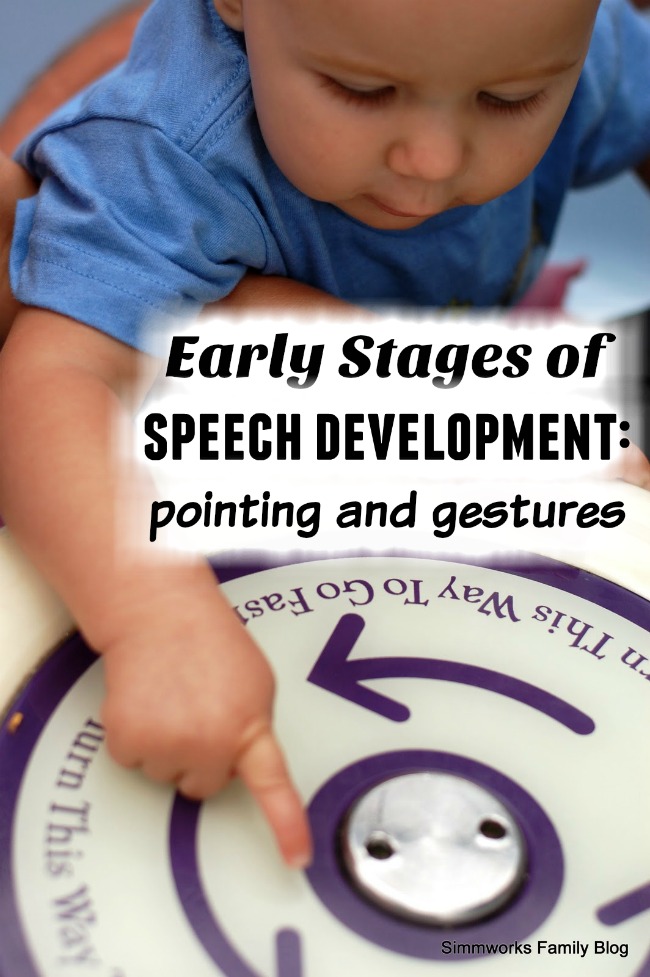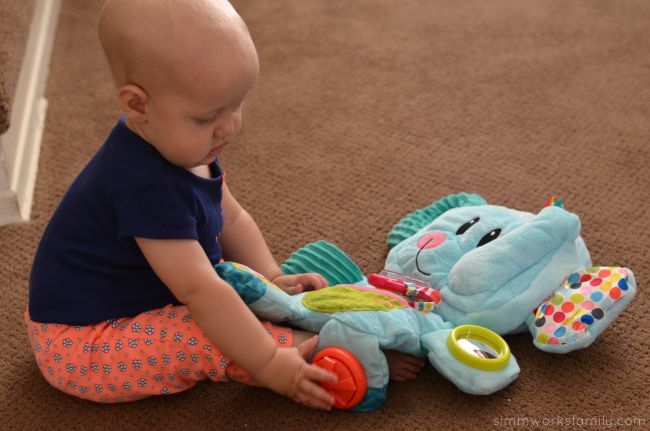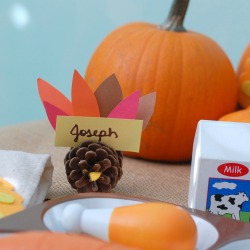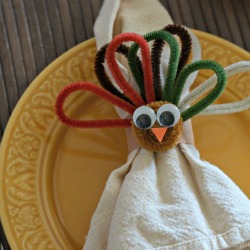 Being able to communicate with my children is something I think is very high on the list of importance. Ever since both of my children were small I’ve tried to learn and teach them (and myself) how to communicate better. One of the tools I’ve used over the past few years is sign language. And I really have to give credit to Joann of Sign4Baby for teaching me almost everything I know!
Being able to communicate with my children is something I think is very high on the list of importance. Ever since both of my children were small I’ve tried to learn and teach them (and myself) how to communicate better. One of the tools I’ve used over the past few years is sign language. And I really have to give credit to Joann of Sign4Baby for teaching me almost everything I know!
I attended Joann’s classes with my daughter when she was fairly young and continued the classes until she was just under a year old. After that we had quite a handle on her signs and were able to teach her new signs we picked up elsewhere (as well as on Sign4Baby’s Facebook page and blog).
While teaching my daughter signs I’ve learned a few things about communication from Sign4Baby:
1. Sometimes The Sign Isn’t Perfect –
My daughter and son both were very interested in signing back to me starting at 9-12 months old. But sometimes the trouble I had was that I was interpreting signs as hand gestures that didn’t mean anything. Sometimes your child sees the sign that you show them in a different way than what you think. Take the time to really watch your child and their reaction when they’re flailing their arms around. You might be surprised to find a sign or two mixed in there!
Please and thank you. More and eat. These words might be important to you but your baby might not want anything to do with them! So while you can teach these signs to your child (at the appropriate age) make sure to teach them the fun, everyday signs they might be more interested in. My daughter loved talking about her dog, my son talked about ducks. Both loved airplanes! Think outside the box and you’ll encourage more conversation.
Sure, you’re excited to be learning all of these fun signs and want to teach them all to your child. But using too many signs may be overwhelming for your child. Start by using and repeating three different signs each week (or one if your child is small). Use the sign whenever you do or talk about what the sign is. Then slowly build up the signs you learn and use every week!
Do you sign with your baby? How do you communicate with your children?








